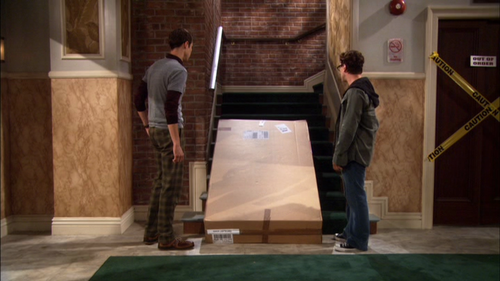Trecherous incline
 Two friends decide to shove boxes up a rough plank inclined at an angle of
. The plank is slightly smoother at the bottom and a bit rougher at the top, such that the coefficient of kinetic friction increases linearly with the distance
along the plank:
. One of the friends shoves a box up the plank so that it leaves the bottom of the plank at a speed of
. Assuming that the coefficients of kinetic and static friction are equal
, when the box first comes to rest, it will remain at rest if
For some constant positive integers
; what is the value of
?
Two friends decide to shove boxes up a rough plank inclined at an angle of
. The plank is slightly smoother at the bottom and a bit rougher at the top, such that the coefficient of kinetic friction increases linearly with the distance
along the plank:
. One of the friends shoves a box up the plank so that it leaves the bottom of the plank at a speed of
. Assuming that the coefficients of kinetic and static friction are equal
, when the box first comes to rest, it will remain at rest if
For some constant positive integers
; what is the value of
?
Details and Assumptions
- is gravitational acceleration
The answer is 8.
This section requires Javascript.
You are seeing this because something didn't load right. We suggest you, (a) try
refreshing the page, (b) enabling javascript if it is disabled on your browser and,
finally, (c)
loading the
non-javascript version of this page
. We're sorry about the hassle.
Block will reach equilibrium if
m g s i n θ = μ m g c o s θ
on putting the value of μ we will get
s = k t a n θ
Now net force acting on the block in direction parallel to plane is m g s i n θ + μ m g c o s θ
So m d t d v = m g s i n θ + μ m g c o s θ
or v d x d v = g s i n θ + k s g c o s θ
or ∫ V 0 0 v d v = ∫ 0 k t a n θ ( g s i n θ + k s g c o s θ ) d s
On solving we will get
V 0 2 ≥ k c o s θ 3 g s i n 2 θ
So A + B + C + D = 8
:D